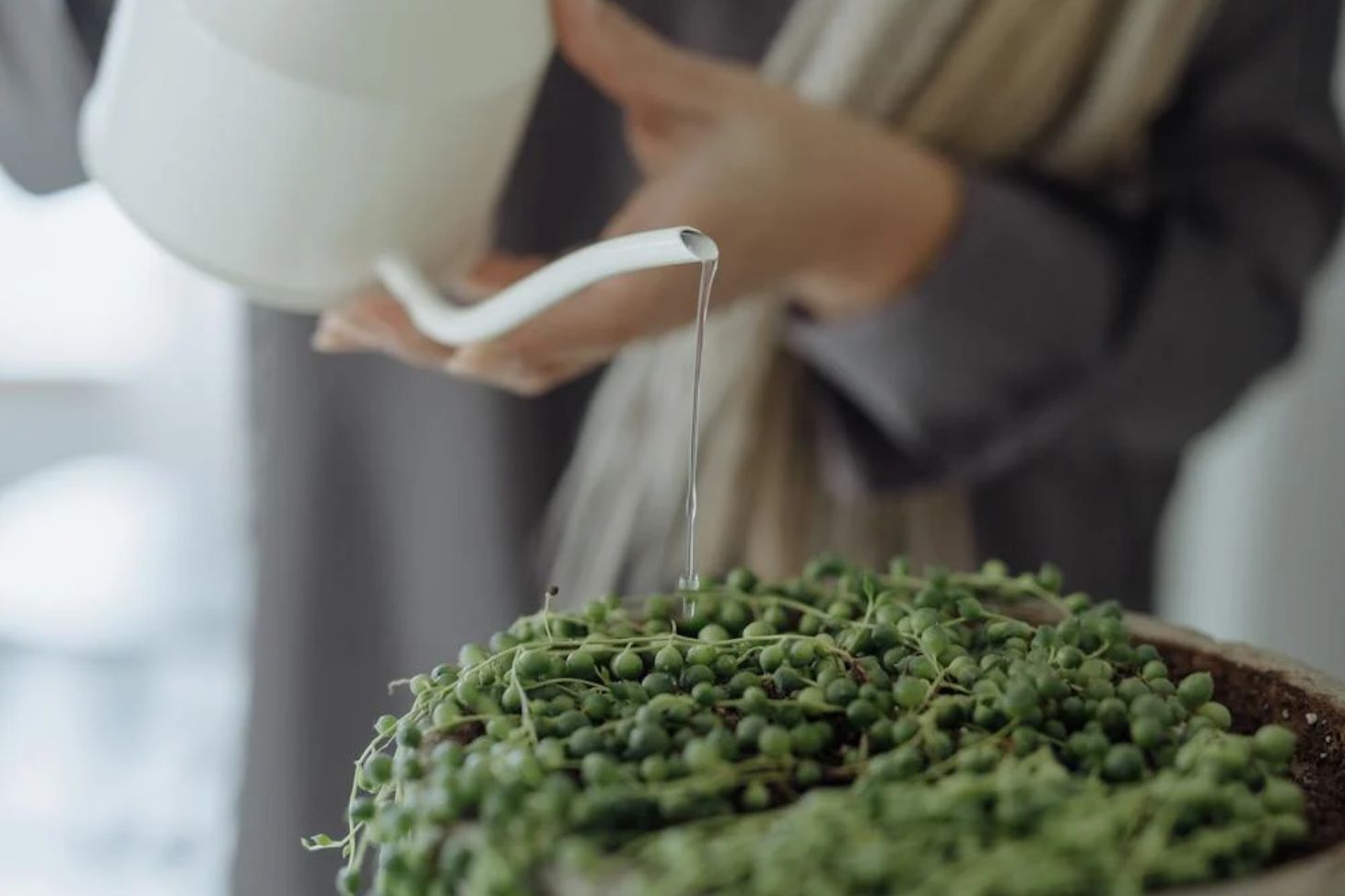Seasonal Care of Succulents
Taking care of succulents changes with the seasons, and knowing what to do can help your plants stay healthy all year. Succulents need more water and sunlight during their growing season, which is usually spring and summer. In the fall and winter, they grow more slowly and need less water and fertilizer.
Understanding these seasonal changes helps you avoid common problems like shriveled leaves, sunburn, or rot. With the right care at each stage, your succulents can look great, even if the weather outside changes. Keeping up with seasonal needs is one of the best ways to make sure your plants thrive.
Seasonal Watering Strategies
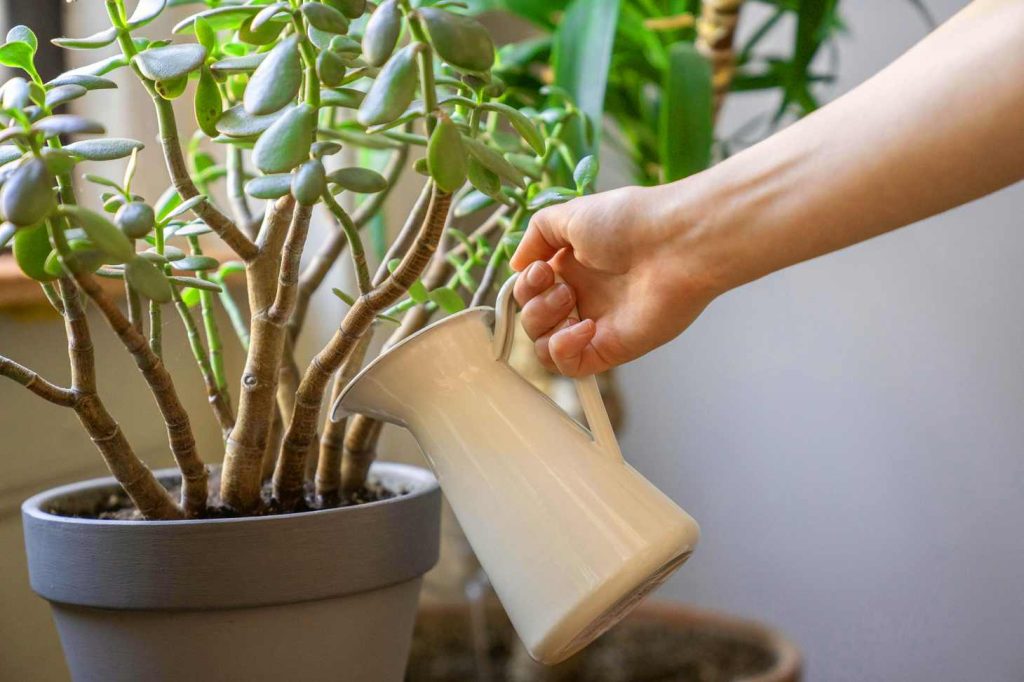
Watering needs for succulents change throughout the year. You need to adjust your routine based on the weather, plant signals, and soil conditions to keep your succulents healthy.
Adjusting Water Frequency by Season
In summer, succulents grow faster because of more sunlight and warmth. They usually need water once every 7 to 10 days if kept outside. Indoor succulents should be watered every 1-2 weeks, but always check soil moisture first.
In winter, many succulents rest and need less water. The soil stays wet longer in the cold. Water outdoor or indoor succulents sparingly in winter, typically once a month or when the soil is completely dry.
During spring, both outdoor and indoor succulents generally require more frequent watering, around every 7-10 days. In fall, however, reduce watering significantly to every 4-6 weeks for both environments. Reduce how often you water if the weather is cool or cloudy. Insert a thin piece of wood (like a chopstick) to the pot’s bottom to check soil moisture. Only water when it feels dry. Adjusting for the seasons helps avoid root rot and other problems.
Recognizing Signs of Underwatering and Overwatering
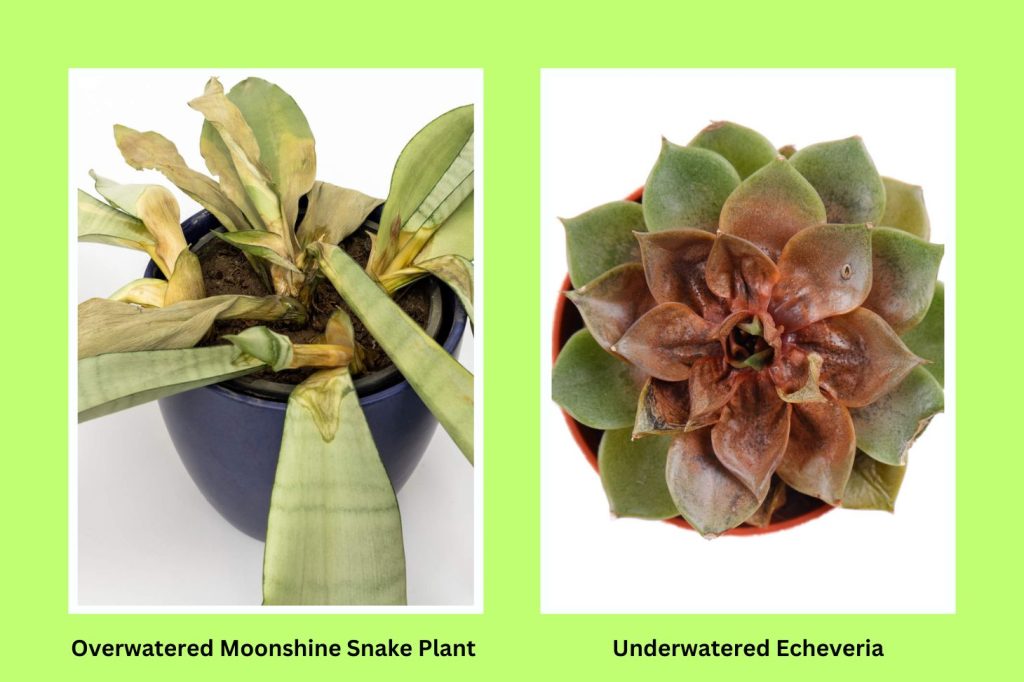
Proper watering means knowing the signs of both too little and too much water. Underwatered succulents will have wrinkled or shriveled leaves. The leaves may feel thin and soft instead of plump.
Overwatered succulents often have yellow, mushy, or translucent leaves. They can drop leaves easily. Roots may rot, and the plant might develop a foul smell.
Watch for these warnings. Adjust watering quickly when you notice them to protect your plants.
Proper Drainage Techniques
Good drainage is necessary for succulent health. Always use pots with holes at the bottom. The right soil also matters. Use a soil mix made for succulents or mix regular potting soil with sand or perlite.
Never let water sit at the bottom of the pot or tray. After watering, empty extra water from saucers and trays. For outdoor planting, choose a location with sandy, fast-draining soil.
If you use decorative pots without drainage holes, keep your succulents in a plastic nursery pot with holes inside the decorative pot. This method helps prevent root rot and flooding, keeping your succulents safe.
Light and Temperature Requirements
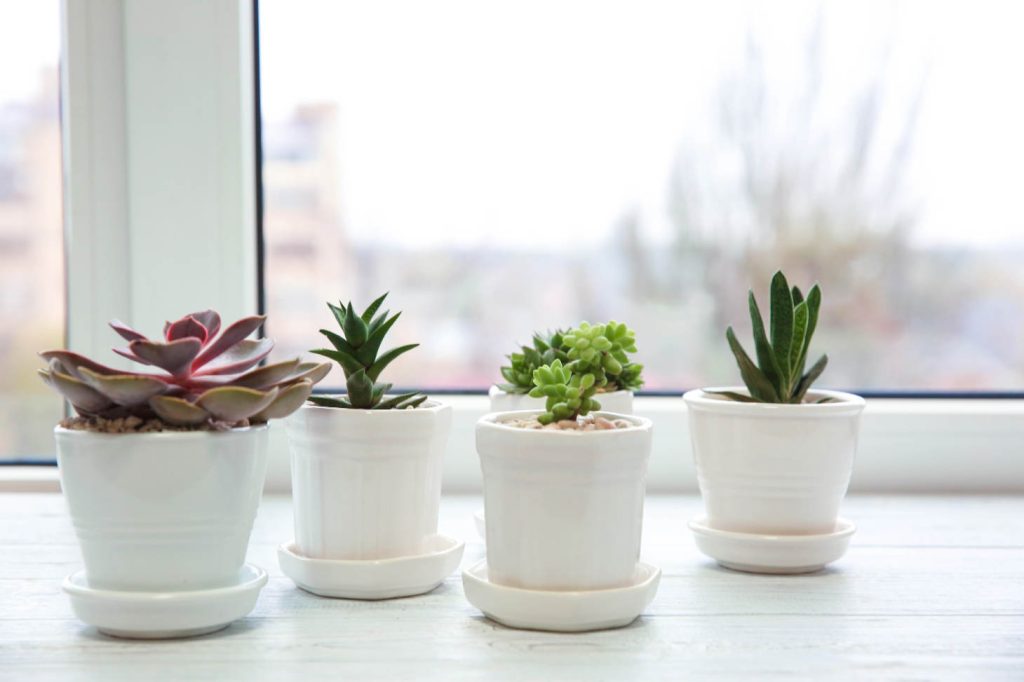
Succulents depend on the right balance of sunlight and temperature to stay healthy. Their needs change with the seasons, so paying attention to these factors can prevent common problems like sunburn, stretching, or frost damage.
Optimizing Sunlight Exposure Year-Round
Succulents need a combination of bright, indirect sunlight and some direct sunlight for several hours each day to thrive. Many types prefer about 6 hours of light, though some species can tolerate less or more. During summer, too much direct sun can cause leaf burn, especially if you move indoor plants outside too quickly.
In the winter, daylight hours are shorter. You may need to move your succulents closer to a bright window or add a grow light. Watch for signs of poor light, like pale leaves or plants leaning toward the window (etiolation).
Different succulents have different needs. For example:
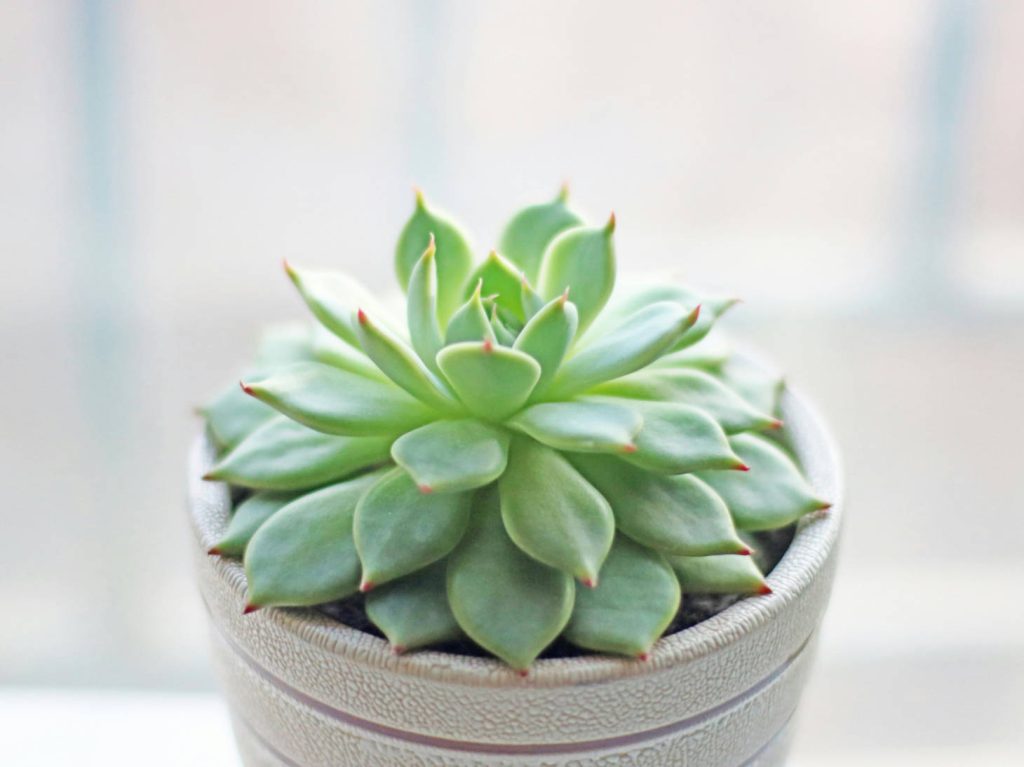
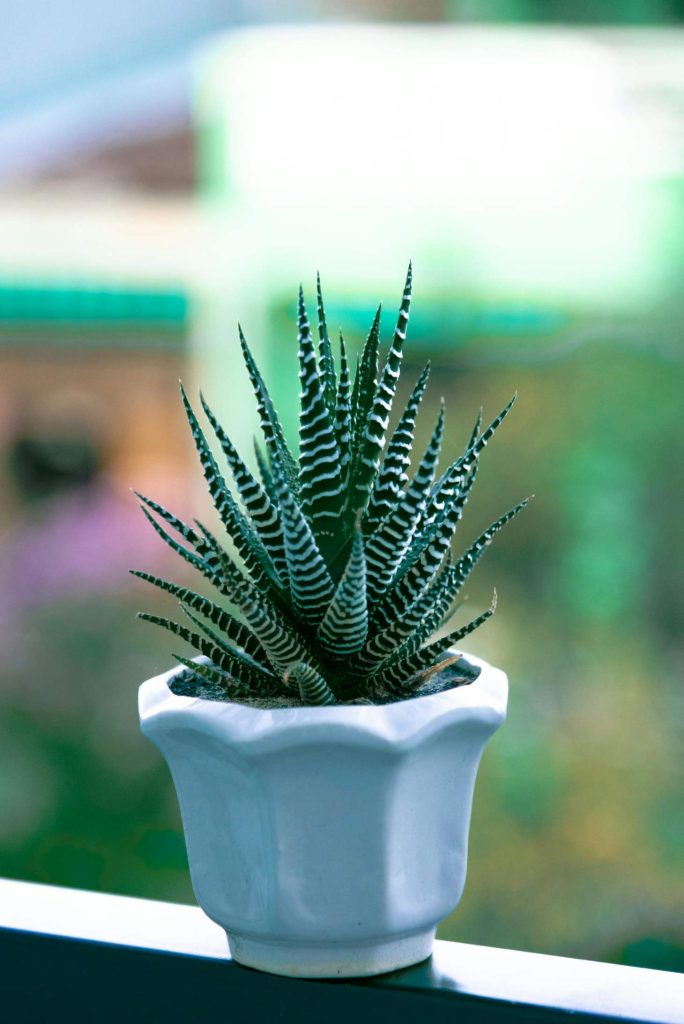
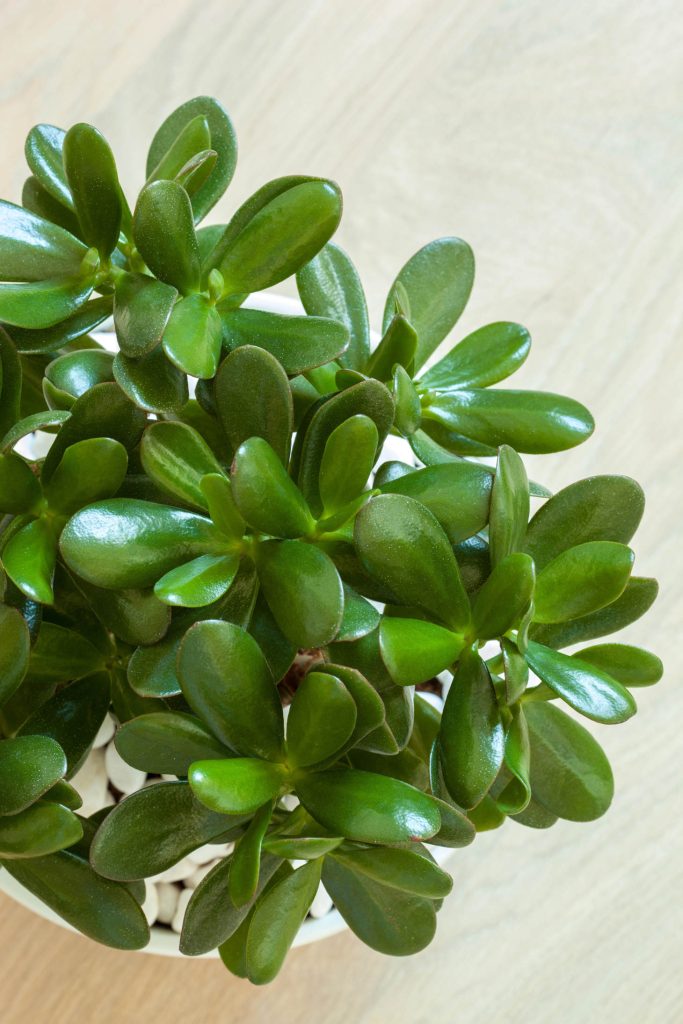
| Type | Light Needed |
|---|---|
| Echeveria | Bright, direct to indirect (at least 6 hours) |
| Haworthia | Bright, indirect (can tolerate lower light) |
| Jade Plant | Full sun (at least 4-6 hours direct sun) |
Check the variety you own to give the ideal light.
Temperature Adjustments for Seasonal Changes
Most succulents grow best between 60°F and 80°F (15°C–27°C). They prefer warmer temperatures in the active growing period (spring and summer). As autumn arrives, cooler nights help trigger dormancy for some types.
If you keep your succulents indoors, try to avoid placing them near heating vents, air conditioners, or drafty windows. Fluctuations in temperature can stress the plants. For outdoor succulents, some varieties can handle mild frosts, but many are sensitive and should be brought inside before the first freeze.
In winter, allow nighttime temperatures to drop but keep them above 40°F (4°C) for most common varieties. During summer, avoid placing succulents in spots that get hotter than 90°F (32°C) for extended periods.
Protecting Succulents from Frost and Heatwaves
Frost and heat can both damage your succulents. At the first sign of frost or freezing temperatures, cover outdoor plants with a frost cloth or bring them inside. Make sure the spot indoors is bright and well-ventilated.
During heatwaves, provide afternoon shade with a cloth or by moving your pots under a tree or patio cover. Water in the cool parts of the day, but only as needed. Avoid wetting the leaves, as this can cause rot and fungal diseases, especially during humid heat.
If your area is prone to sudden weather changes, keep a close eye on forecasts and prepare early. Regularly check leaves for damage, such as dark spots (cold) or shriveled, crispy edges (heat). Adjust as needed to give your succulents the best protection.
Soil and Fertilization Adjustments
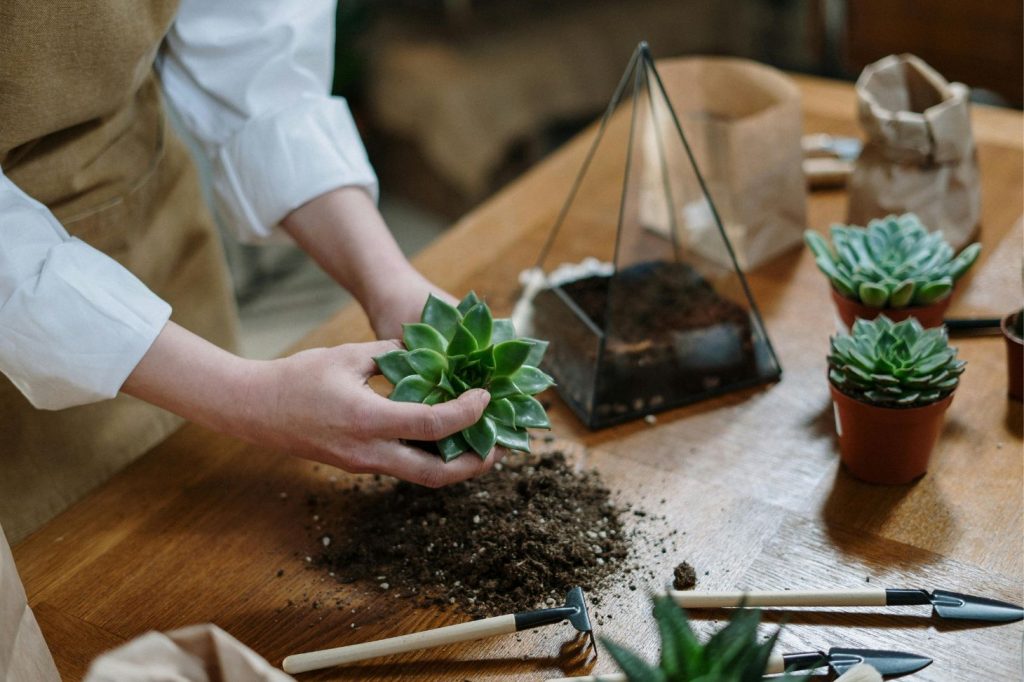
Good soil and the right fertilizer help succulents stay strong all year. Changing up the potting mix and feeding at the right times keeps roots healthy and helps your plant grow.
Refreshing Potting Mix for Each Season
Succulents need soil that drains well. In spring, check if your potting mix looks compact or feels soggy. If water sits on top or roots are crowded, change out the soil.
Use a mix of succulent soil and perlite or coarse sand. This keeps water from sitting near the roots. Remove dead leaves or old roots when you repot. For outdoor pots, check for bugs or mold after wet winter months.
Always choose a pot with drainage. After refreshing the soil, water lightly after a few days and let the plant adjust before more feeding or bright sunlight.
Fertilizing Schedule Across the Year
Succulents do not need much fertilizer. During the growing season (spring and summer), feed them every 4–6 weeks. Use a diluted, balanced fertilizer, like 10-10-10 or a mix made for succulents. Always water before you add fertilizer to avoid burning the roots.
In the fall and winter, your succulents slow down and rest. Do not fertilize during these months. Over-fertilizing can cause weak, spindly growth and may harm your plants.
Watch your plants for signs of too much or too little feeding, such as yellow leaves or slow growth. Adjust your routine as needed.
Seasonal Succulent Maintenance Tasks
Caring for succulents changes from season to season. The most important tasks include pruning, preventing pests, and knowing when to repot your plants.
Pruning and Cleaning Techniques
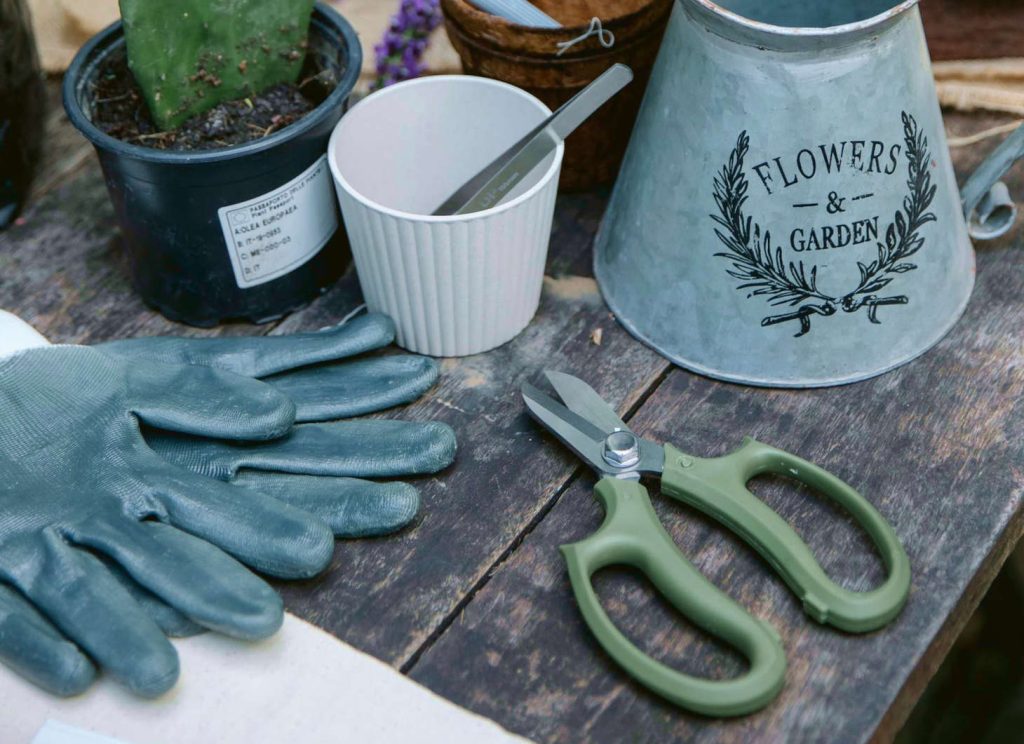
Remove dead, shriveled, or damaged leaves as needed throughout the year. This helps prevent rot and makes your succulents look healthy. Use clean, sharp scissors or pruning shears and avoid pulling leaves by hand.
In spring and fall, trim away dry stems and flower stalks. For sunburned or scorched leaves after summer heat, cut damaged parts carefully, leaving healthy tissue. Regular cleaning, using a soft brush or gentle water spray, removes dust and helps prevent pest infestations.
When pruning, watch for new growth. Avoid heavy trimming in winter, as most succulents grow slowly or rest during cold months.
Pest and Disease Prevention by Season

Spring and summer often bring pests like mealybugs, aphids, and spider mites. Inspect your plants regularly, especially after watering. If you spot bugs, remove them by dabbing with rubbing alcohol on a cotton swab or using insecticidal soap.
In humid or rainy seasons, check for signs of rot, black spots, or fungal issues. Increase airflow by spacing plants apart and avoid watering late in the day. Winter usually means fewer pests, but keep an eye out for fungus gnats, especially if you bring your plants indoors.
Repotting Timing and Tips
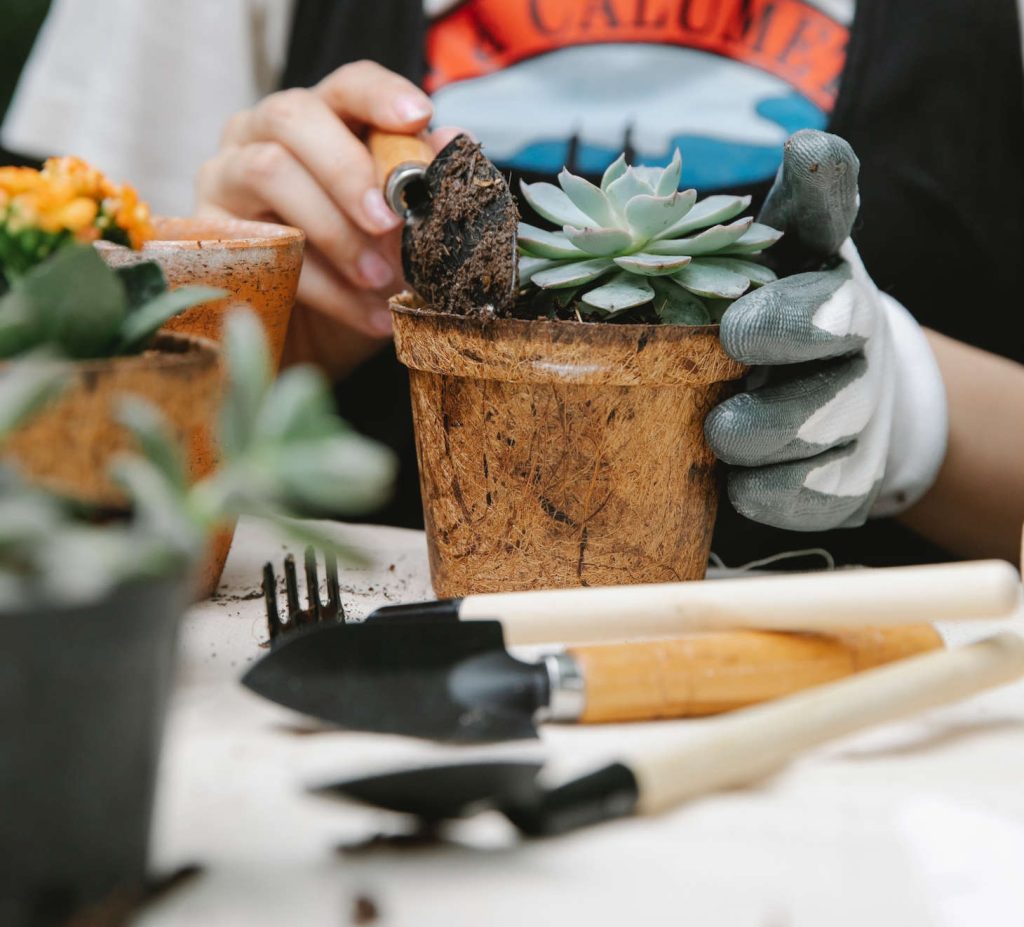
Repot your succulents in late spring or early summer when growth is strong. Avoid repotting in the middle of winter or during extreme heat, as this stresses the plants. Choose a pot with drainage holes and use a well-draining succulent mix.
Gently remove the plant, shake off old soil, and check for damaged or rotting roots before placing it in fresh soil. Wait a few days after repotting before watering to let any root damage heal.
Repotting every 2–3 years prevents soil compaction and encourages healthy growth. If roots are circling or coming out of the pot’s bottom, it’s time to move your succulent to a larger container.
Frequently Asked Questions
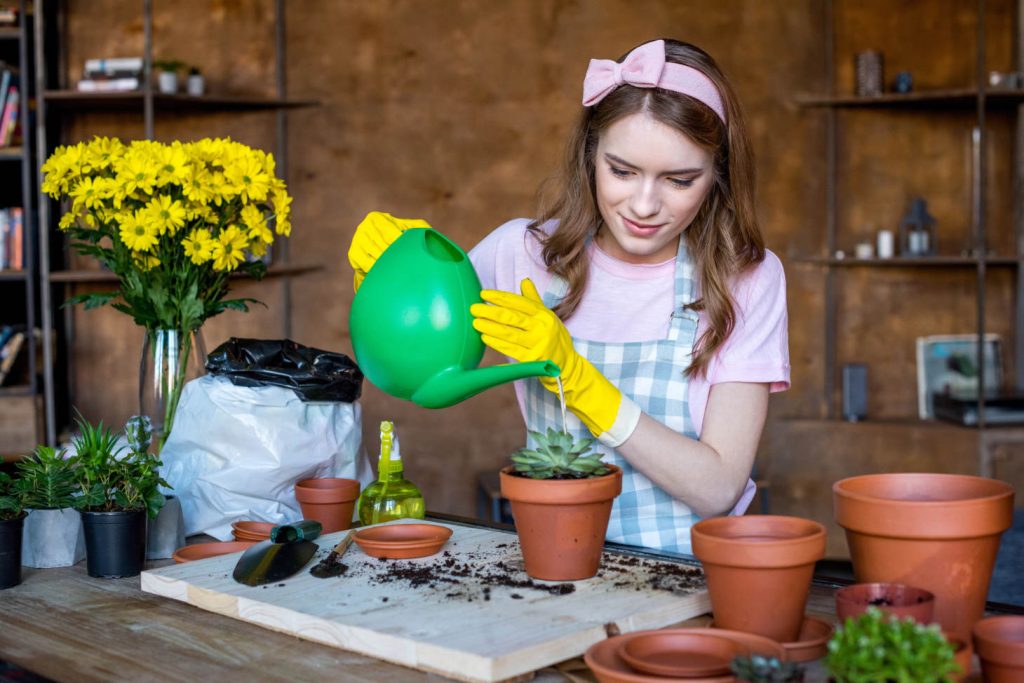
Succulent care changes as the weather and environment change. Watering, temperature, light, and dormancy needs all vary with the seasons.
How should I adjust watering succulents during different seasons?
You should water succulents more often during spring and summer when they are actively growing. Let the soil dry out before watering again.
In fall and winter, most succulents enter a rest period and need less water. You can water only once every few weeks or when the soil feels completely dry.
What is the best way to protect my outdoor succulents from frost?
Bring potted succulents indoors or into a covered area before frost hits. For plants you can’t move, cover them with frost cloth or an old sheet when temperatures drop near freezing.
Water the soil lightly if a frost is expected, as slightly moist soil can protect roots better than dry soil.
Can succulents stay outdoors all year, and how do I care for them if so?
Some succulents, like Sempervivum and Sedum, can survive cold winters and stay outdoors all year. Make sure they are planted in well-draining soil to prevent rot.
In areas with freezing temperatures, avoid watering during very cold periods. For tender succulents, move them inside or place them in a greenhouse over winter.
What type of grow light is recommended for indoor succulents in the winter?
You should use a full-spectrum LED grow light for succulents inside during winter. Look for lights that provide bright, white light rated for plant growth.
Place the light 6-12 inches above your plants and keep it on for 12–14 hours a day. This helps your succulents stay healthy and prevents stretching.
Are there any specific succulents that go dormant in the summer, and how do I care for them?
Some succulents, like certain Haworthia, Aeonium, and some types of Senecio, go dormant in hot summers. During dormancy, these plants stop growing and need less water.
Keep them in a cooler, shaded spot and water sparingly until active growth returns in the fall.
How do I adjust the soil and potting requirements for succulents as seasons change?
Use well-draining soil at all times, but avoid repotting in winter when most succulents are dormant. Repot and refresh soil in spring or summer when growth is strongest.
If your area gets a lot of rain in winter, use pots with good drainage and keep succulents out of waterlogged spots to prevent root rot.

